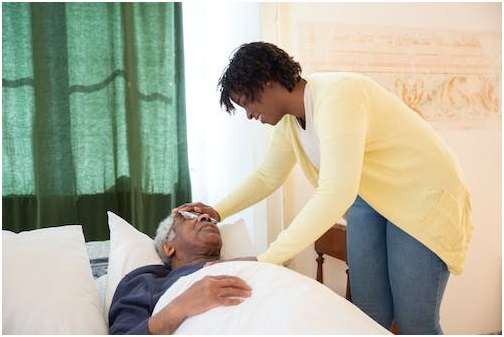As a result of the COVID-19 pandemic, measuring your oxygen levels has become more crucial, especially for those suffering from immune deficiencies or other ailments. But for others, it’s important as well, which is why here we’ve provided an in-depth guide about how to get the most accurate measurements using pulse oximeter monitoring and why it’s so important.
Oxygen Saturation in Blood
Oxygen saturation refers to the percentage of oxygen levels contained in your blood. It’s important to note that one between 95-100% is considered normal for a healthy adult. Anything below that should be monitored as it can be a red flag for a wide range of medical issues. If you’re showing clear signs of an oxygen deficiency it’s vital to contact your primary physician or a medical expert as soon as possible.
Common Signs of Oxygen Deficiency
Oxygen is an essential part of our body’s makeup and it’s responsible for giving our cells the energy they need to fight disease and boost our immune system. Also called desaturation, oxygen deficiency will often cause confusion, shortness of breath, restlessness, and fatigue. It can also result in headaches and in more severe cases you may need to be hospitalized.
Pulse Oximeters & How They Work
You can measure your oxygen levels by using a home pulse oximeter, which will provide an accurate reading of the oxygen levels in your blood. It’s an easy and painless process and these days most oximeters will also provide your heart rate. They’re designed to fit snugly around the tip of your finger. You simply put your finger inside it and turn it on, which enables you to monitor your levels on a small screen.
5 Tips for Using a Pulse Oximeter
- Tip 1. Rub your hands before using your pulse oximeter especially if they’re cold.
- Tip 2. When measuring your oxygen saturation, it’s important not to have artificial nails or nail polish on.
- Tip 3. Place your finger deeply into the oximeter so it can accurately monitor your saturation levels.
- Tip 4. Be sure to follow the instructions included with your pulse oximeter as some require you to place your finger downward, while others it is upward.
- Tip 5. For the most accurate results, hold the oximeter at chest height while taking your readings.
Oximeter Monitoring for Those with Sleep Apnea
Another popular use of pulse oximeters is to monitor patients suffering from sleep apnea when they stop breathing during the night. This loss of oxygen can result in health episodes and cause sleepers to wake up jarred during the night or exhausted every morning. That’s why these days they’ve become an integral component used in sleep studies. Those being treated for sleep apnea with continuous positive airway pressure (CPAP) therapy can also benefit from pulse oximeters and many are available that slide onto your finger as a ring, monitoring your results while you sleep.



